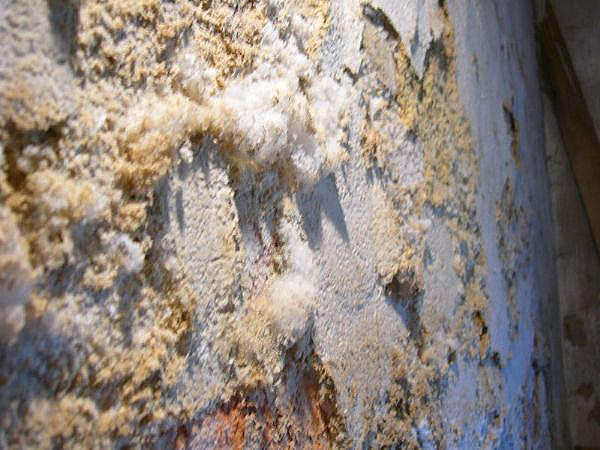Damp investigation is an essential part of leak detection
Damp diagnosis is vital as if left untreated can lead to mould growth & wet rot.
Often the first sign of a leak is damp or mould growth, but older properties can be naturally damp, particularly in basement areas converted to habitable rooms.
The sudden arrival of damp may be an indication of a leak.
UK Leak Detection’s damp investigation uses advanced technologies and our extensive knowledge to find what is the cause and nature of a damp problem.
Correct Diagnosis
Correct diagnosis is essential, without identifying if it is damp or a leak, how can you deal with it?
As part of a damp investigation, samples are taken of surface salts (efflorescence) to find if the ‘damp’ is in fact a chlorinated leak from pipework or a sewer, drain or waste pipe.
Where a chlorinated leak is discovered, we can find its source.
Where the issue is ground or rainwater, we can often identify problem areas such as the damp proof course (DPC) being damaged, breached or bridged. As well as other issues like poor ventilation or failed window seals and incorrect installation. However, a structural survey by an RICS building surveyor is strongly recommended to fully ascertain what steps can be taken to mitigate and halt further damage.
Thermal imaging can see if what is observed on the surface is in fact, the ‘tip of the iceberg’.
We can offer advice on mitigating the damage and how to treat these areas, along with assistance in dealing with insurance claims where a leak is discovered.
Incorrect Diagnosis
Often long-standing problems are blamed on ‘groundwater’ or ‘rising damp’. In our experience, these are normally well-known problems and not something that starts all of a sudden for no reason, particularly in the construction of modern homes.
Main causes of leaks incorrectly identified as damp:
- Leaking waste fittings
- Poorly maintained or installed tiles.
- Flat roof leaks
- Blocked drains
- Leaking water mains
- Poorly fitted windows or doors
- Poorly installed DPC or tanking
Did you know that in 2001 mould was classified as a Category 1 risk to health under the Health and Safety Hazards Rating System? This puts the humble mould in the same category as asbestos and other pretty gruesome health risks!
When there is historic damp, methods to stop mould growth should be investigated. It might be necessary to remove the plaster and replace this with waterproof rendering or a tanking system.
Where there has been a leak, damp from a leak must be properly dried to avoid mould growth. Often a leak is repaired and the property not correctly ventilated or dried, and the spores can linger creating mould ‘hot spots’ as the source is never treated.
Due to the varied nature of water ingress, the damp investigation is not provided on a ‘no find – no fee’ basis.
UK Leak Detection does not undertake these works, but we make sure our reports include the need for adequate drying and where required decontamination with a fungicide.
Benefits of using UK Leak Detection:
- Non-destructive leak detection
- Assistance with insurance claims
- Keep costs at a minimum
- Stop high water bills
- Minimize property damage and disruption
- Provide photographic reports
The NHS provide some sobering information.





